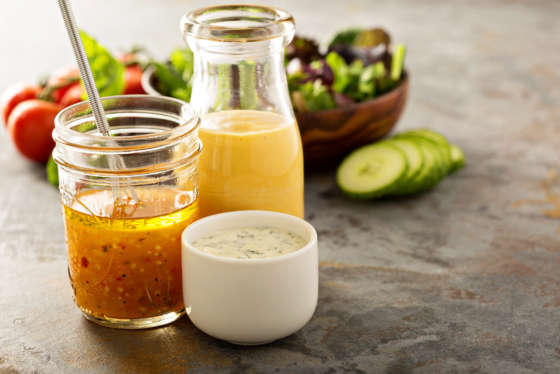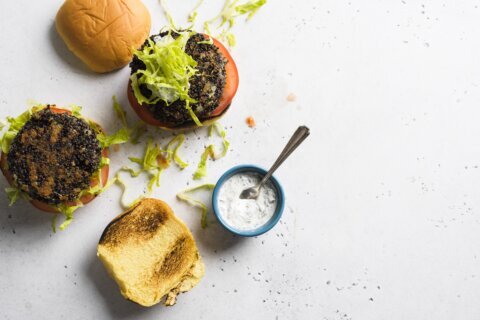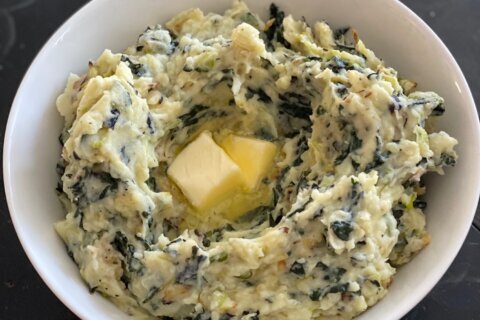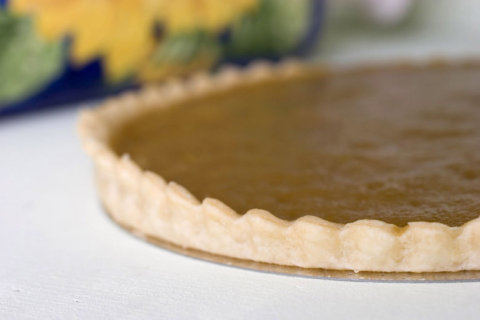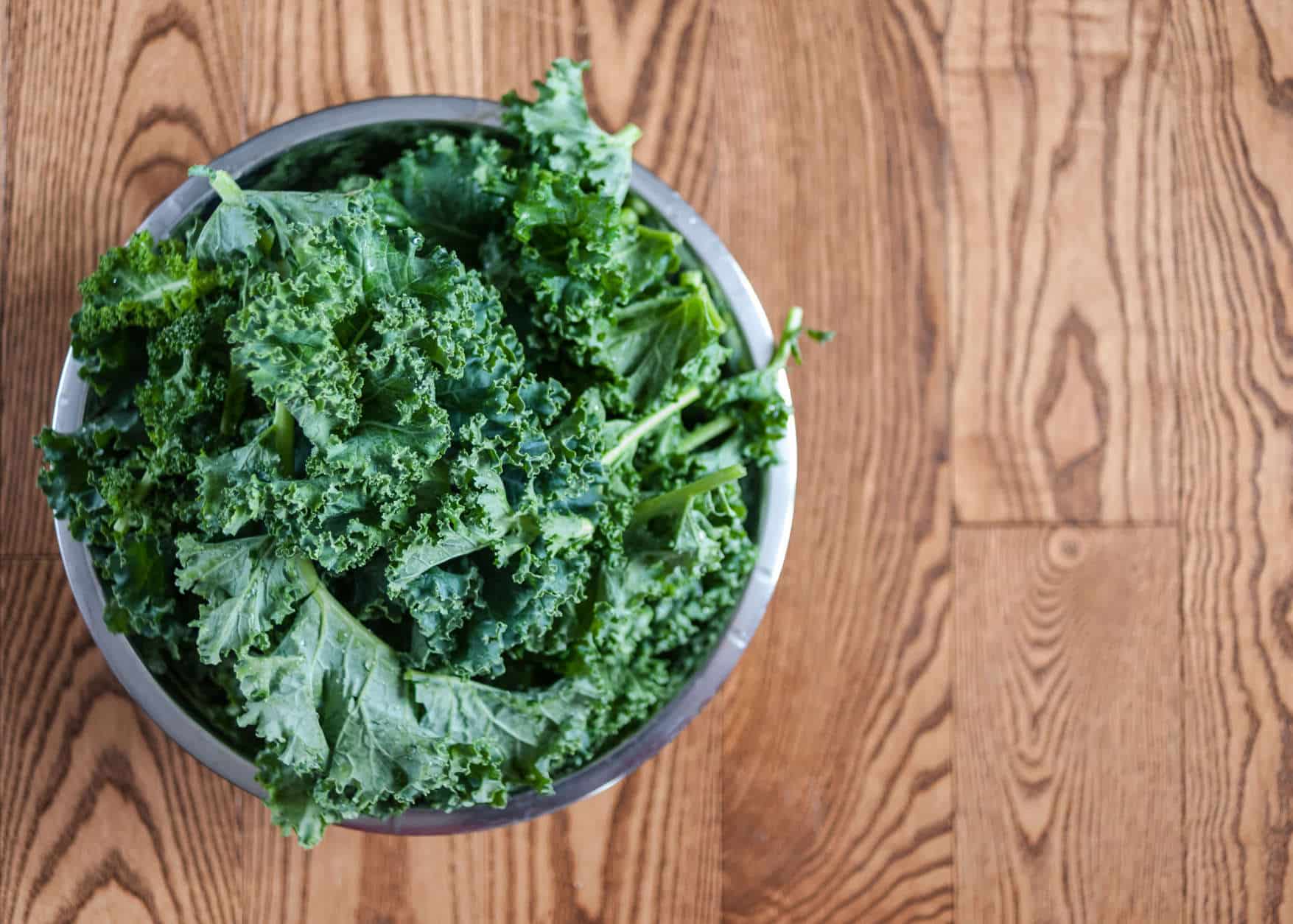
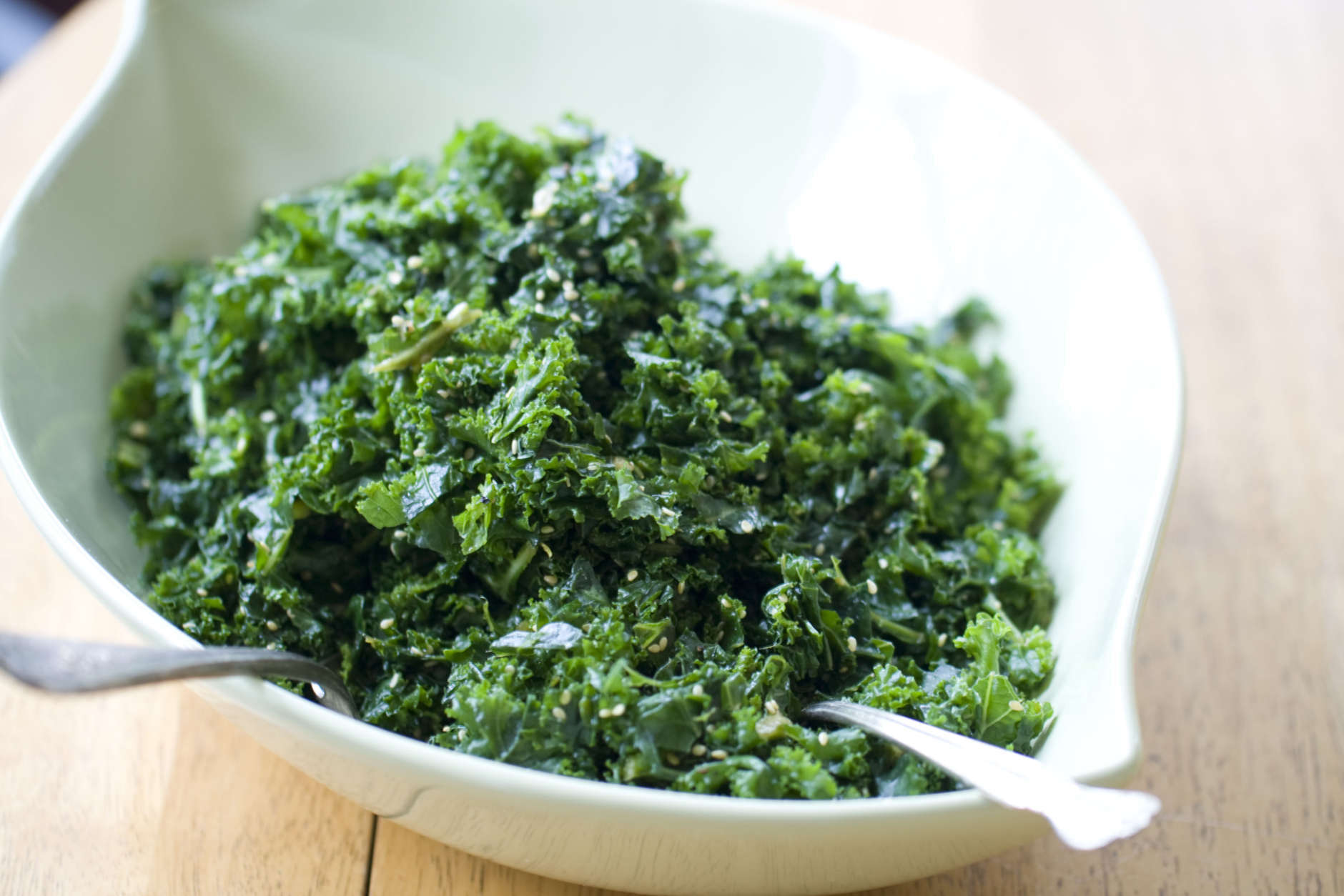
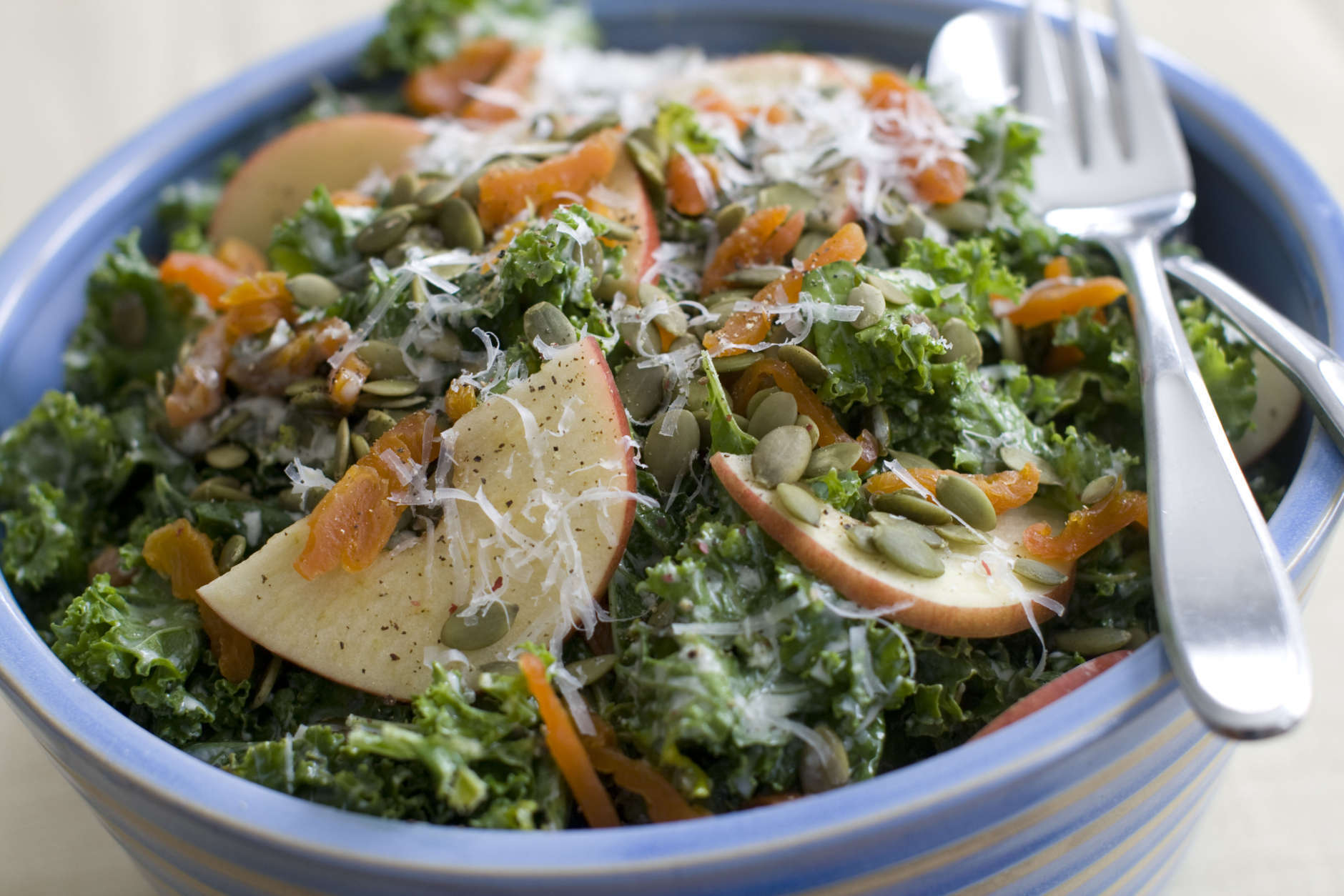
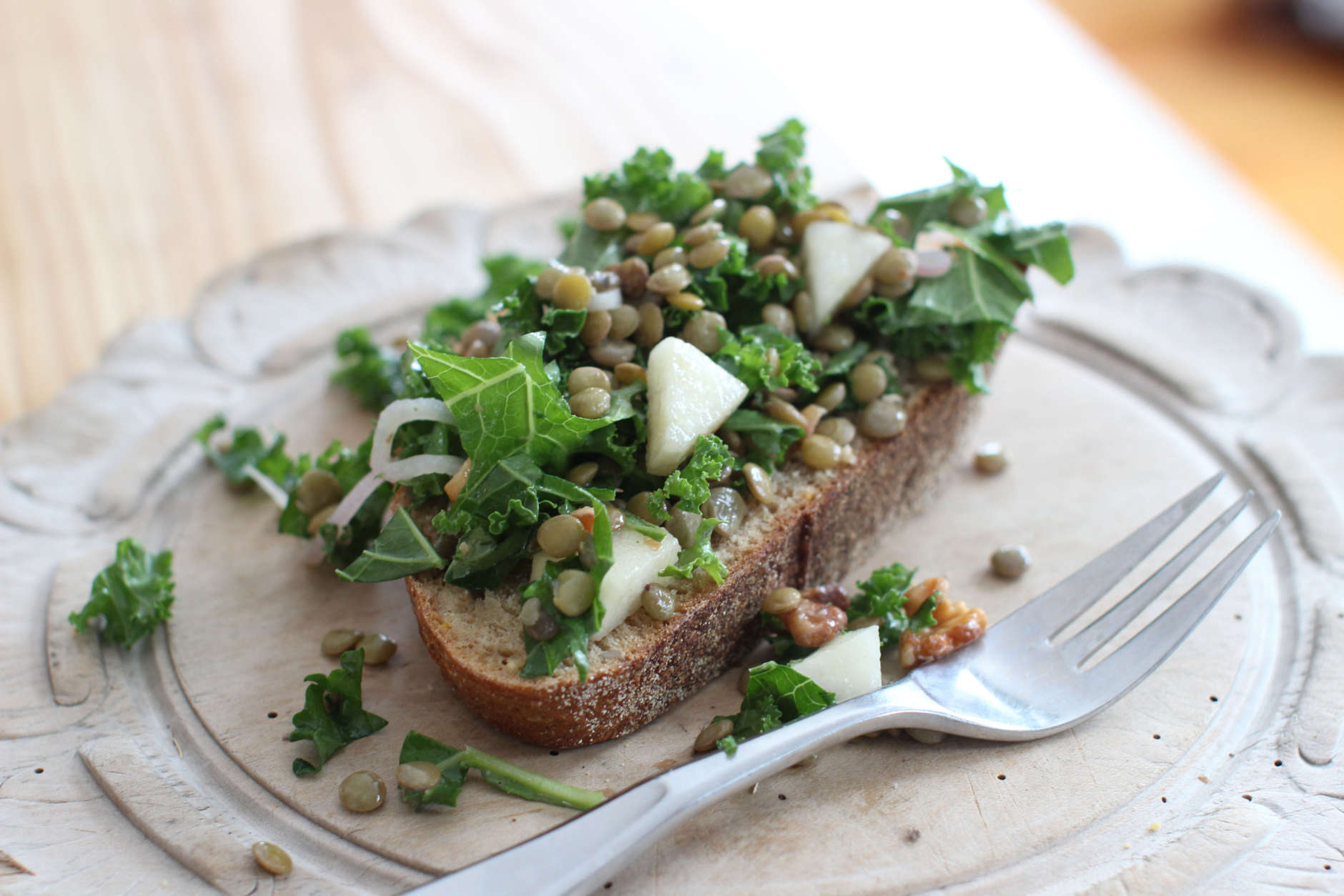
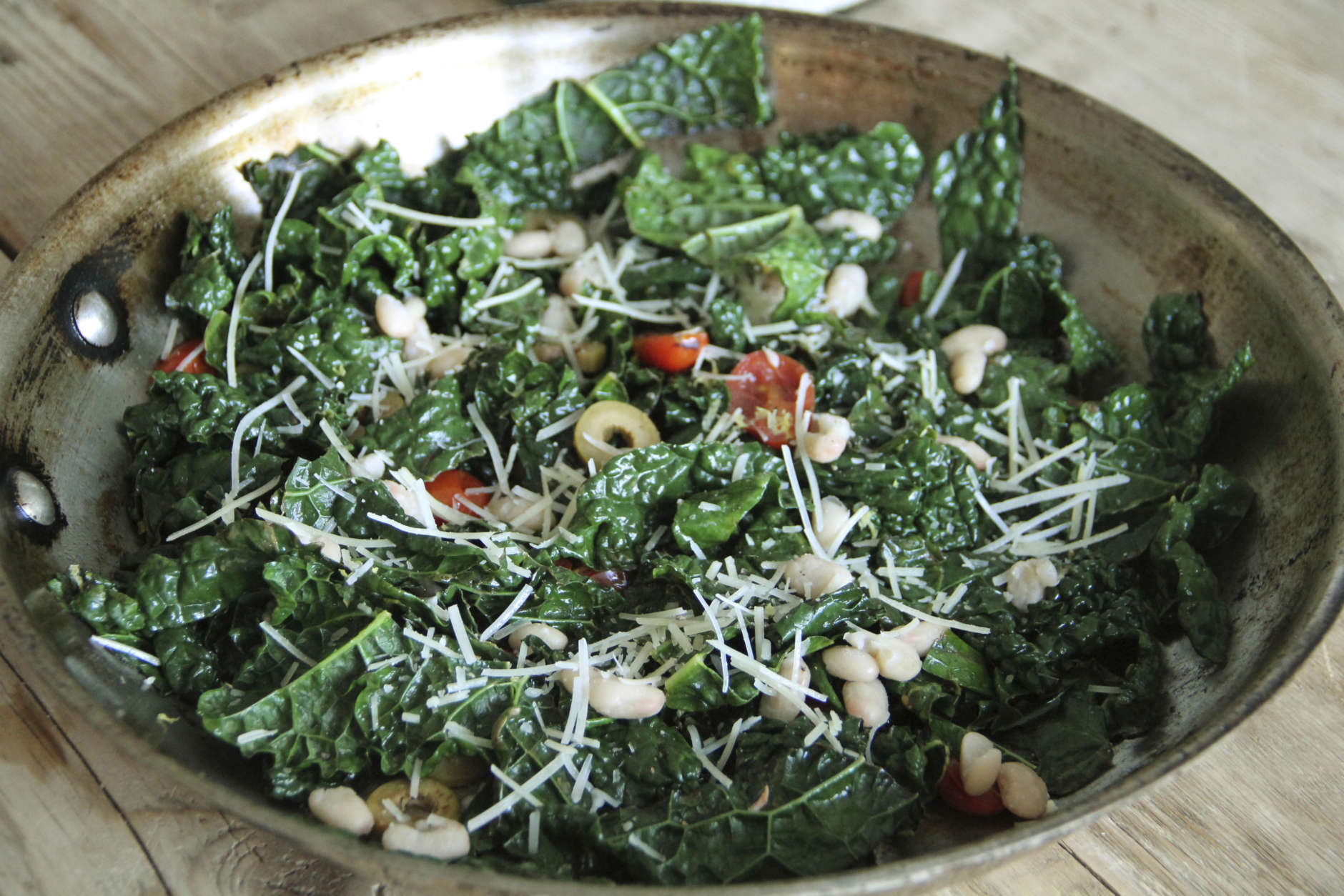
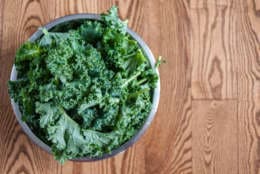
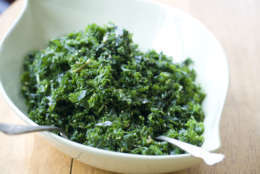
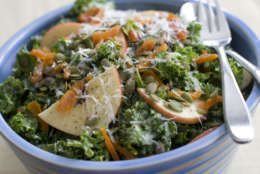
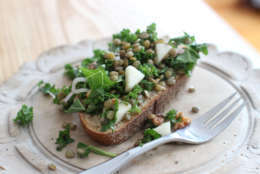
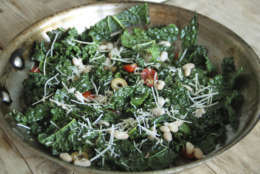
WASHINGTON — Raw kale is terrible at first impressions.
It sits in the bowl, looking like it’s a friendly green that plays well with others. But when you, the first-timer, fork up some and chew, it puts up a fight.
It’s tough and bitter. It’s defensive. It’s combative. It wears you out.
Why can’t kale be easy to eat like its buddies spinach and romaine? Why does it have to be such a difficult jerk?
But just for a second consider that it might not be kale’s fault. Seriously. The truth about kale is that it can be as delicious and agreeable as other salad base greens.
Kale just needs some pampering. Literally.
If you want your kale to 1) be chewable and 2) taste good, it needs a massage, followed by a nice bath.
And as Wednesday is National Kale Day, there is no better time to learn how to give that tough-but-crazy-nutritious green the spa treatment it needs before it goes into your salad.
The massage
Think of massaging raw kale as pre-chewing it. You’re in essence breaking it down so it’s easier to eat. The rubdown requires some extra time and effort, but it’s worth it. The steps:
- Unbundle the bunch.
- Remove the leaves from the stems. Some people tear them up like paper. Others rip them off the stems by making a claw shape with their hand (with fingers on either side of the stem). and pulling downward. (Note: Don’t throw away those stems just yet; they’re great for juicing.)
- Tear up or cut the leaves into bite-size pieces.
- Dump them in a bowl, which will serve as your massage table.
- Knead them like bread dough for about 2–5 minutes. (Curly green kale requires more time; Tuscan kale won’t take as long; baby kale needs none.) You’ll notice that the leaves darken and take on a cooked, somewhat-wilted appearance. They will also be smaller.
That massaged kale will now be — to paraphrase the JCrew catalog — a lovely shade of “forest.” But they’re not ready to eat yet. Rub-a-dub-dub: It’s bath time.
The bath
An obvious reason to wash the leaves is any dirt (along with any pesticides). A less-obvious reason is the residue from that rubdown you just gave it.
Breaking down the leaves results in a compound that lends a bitter flavor. (It’s nature at work: This compound is designed to ward off hungry predators.) It’s easy to remove, though, as it’s pretty much confined to the surface.
The steps for proper kale hygiene:
- Submerge the leaves in cold water.
- Swish around the leaves.
- Let them soak for a few minutes.
- Swish them around again.
- Drain.
The kale is bowl-ready
You’ve treated your kale; now treat yourself. Check out some kale salad recipes above.

